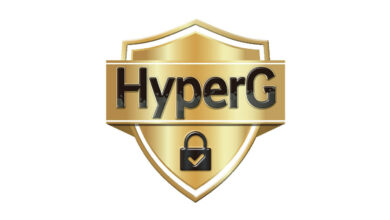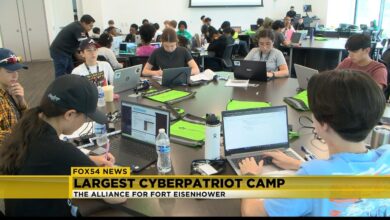Essential cybersecurity insights: AI, zero trust and trends

Staying ahead of threats is not just a challenge, but a necessity when it comes to cybersecurity.
Kicking off this week’s RSA conference, theCUBE Research analysts discussed the key trends and challenges shaping the industry, from the expanding role of artificial intelligence to the elusive quest for a zero trust cybersecurity approach.
“We’ve got this machine that’s turning out this new generation of tech workers, but yet they don’t quite have the ability to slide in where they’re most needed,” said Shelly Kramer (pictured, left), managing director and principal analyst at theCUBE Research. “It’s an interesting industry challenge.”
Kramer joined David Linthicum (right), principal analyst at theCUBE Research, and Dave Vellante (center), chief analyst at theCUBE Research, during an exclusive broadcast on theCUBE, SiliconANGLE Media’s livestreaming studio, at the RSA Conference. They discussed the proliferation of AI in cybersecurity and the elusive quest for zero trust, while providing a valuable perspective on the current state and future direction of cybersecurity strategies. (* Disclosure below.)
Navigating complexity in a crowded landscape

Dave Vellante, David Linthicum and Shelly Kramer talk cybersecurity and zero trust during the RSA Conference.
With the rapid adoption of cloud technologies and the emergence of new threats, organizations are grappling with an expanding array of tools and solutions. Despite efforts to consolidate cybersecurity tools, as advocated by some industry players, the reality is far from a streamlined approach, according to Kramer.
“I think what customers are doing is that they’re taking best of breed for endpoint and best of breed for this and plugging those solutions in,” she said. “Every vendor on the planet would love for every customer to only use their platform. Is that what is really best for customer? I don’t think so.”
There has also been a proliferation of cybersecurity startups, each offering niche solutions to address specific vulnerabilities. While this diversity reflects innovation within the industry, it also contributes to the complexity that organizations must navigate.
“If you spend more, you’re going to have better tooling, better infrastructure, better people,” Vellante said. “It just seems like that gap never closes.”
As the threat landscape evolves, there is a need for continuous learning and adaptation, challenging traditional notions of cybersecurity readiness, according to Linthicum.
“We need to use [AI] to mediate the complexity of these various systems that are out there,” he said. “All these AI systems can’t be silent into themselves. If they’re going to have value, they need to be communicating one to another, have a coordinated defense platform, even though multiple vendors are part of it. We have to figure out how to orchestrate these generative AI systems to turn them into a defense mechanism — that’s going to be effective.”
The role of AI in cybersecurity and the quest for zero trust
AI in cybersecurity has a potential to augment human capabilities in detecting and mitigating threats, according to Linthicum. But organizations shouldn’t have an overreliance on AI as a panacea, he added, noting that threat actors are leveraging AI to enhance their offensive capabilities.
“At the end of the day, we need to build this technology in certain ways,” Linthicum said. “Certainly, these approaches and best practices that are fundamental to the way in building technology. Zero trust is going to be fundamental to that.”
The concept of zero trust is a foundational principle in modern cybersecurity. While organizations aspire to embrace a zero-trust model, the analysts acknowledged the inherent challenges in its implementation. There is a cultural shift required to embed zero trust into organizational practices, which is not a static destination but rather an ongoing journey.
“As technology evolves, you evolve,” Kramer said. “I don’t see how zero trust can be any different. We’re going to continue to see an evolution of tech, of tools, of capabilities, you’re not going to be done.”
Stay tuned for the complete video interview, part of SiliconANGLE’s and theCUBE Research’s coverage of the RSA Conference.
(* Disclosure: TheCUBE is a paid media partner for the RSA Conference. Neither RSA Conference LLC, the sponsor of theCUBE’s event coverage, nor other sponsors have editorial control over content on theCUBE or SiliconANGLE.)
Photo: SiliconANGLE
Your vote of support is important to us and it helps us keep the content FREE.
One click below supports our mission to provide free, deep, and relevant content.
Join our community on YouTube
Join the community that includes more than 15,000 #CubeAlumni experts, including Amazon.com CEO Andy Jassy, Dell Technologies founder and CEO Michael Dell, Intel CEO Pat Gelsinger, and many more luminaries and experts.
THANK YOU



